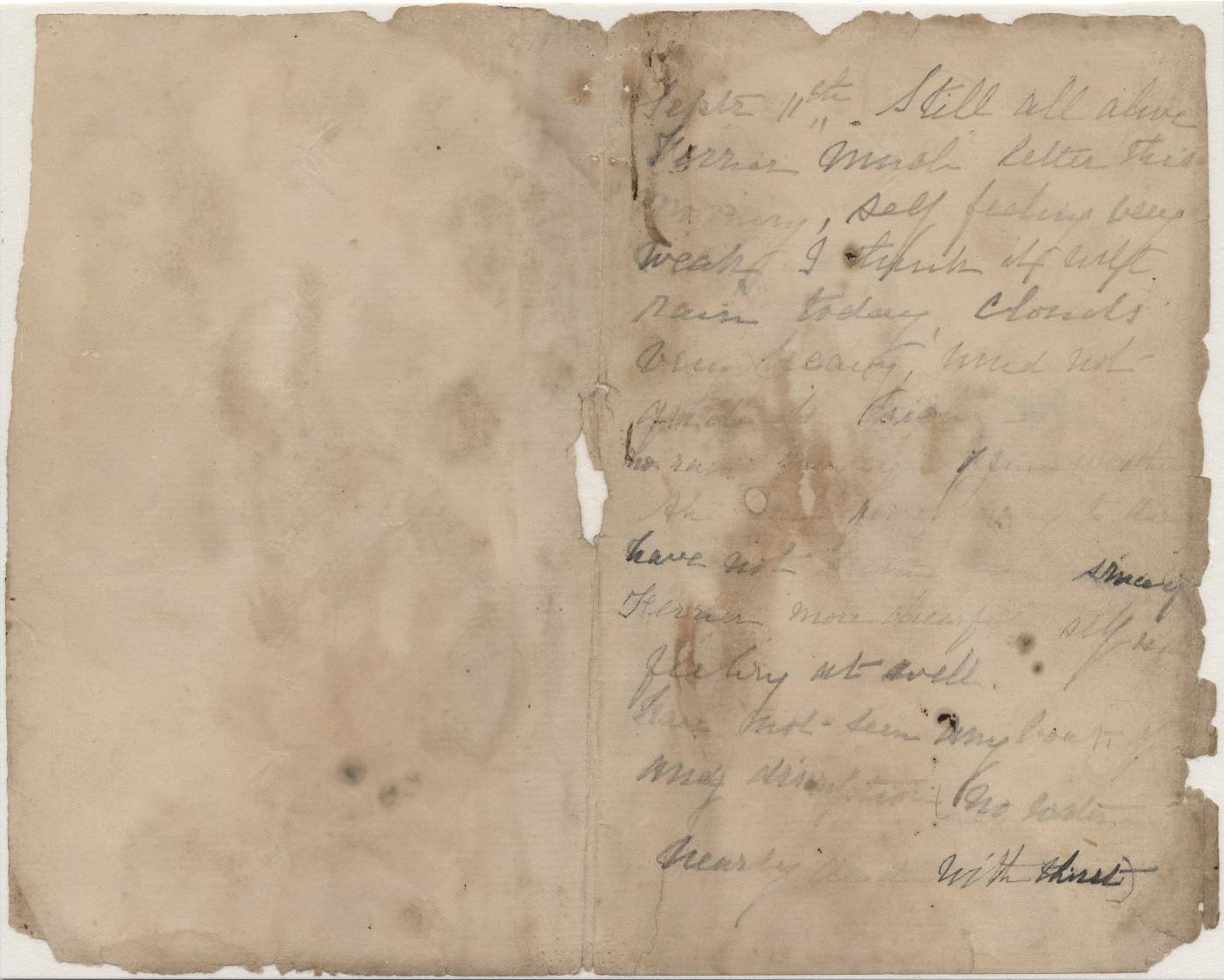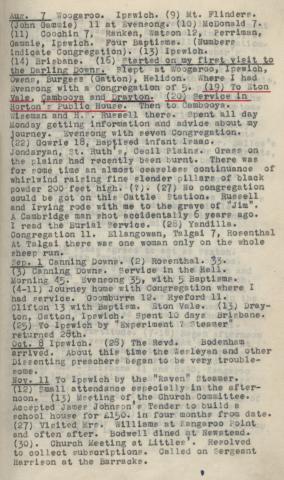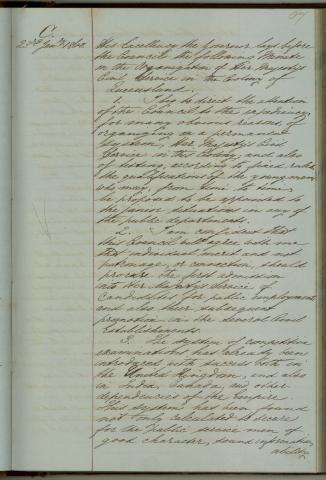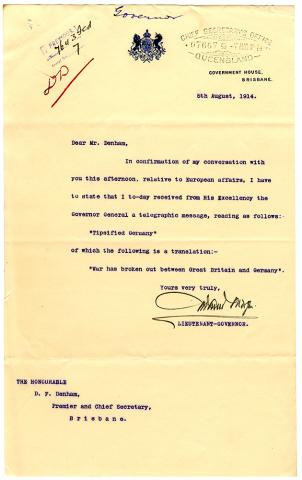
- Background
-
Mary Watson’s plight epitomised the dangers and privations to which European women were exposed on the Queensland frontier. Well-educated, Mary Watson opened a small private school at Cooktown before marrying bêche-de-mer fisherman Robert Watson in May 1880. With his partner, P.C. Fuller, Watson’s base of operations was Lizard Island, 100 kilometres north of Cooktown, and it was there that Mary Watson kept house. She left only once for the birth of her son Thomas at Cooktown in June 1881. When the stocks of bêche-de-mer around Lizard Island had been depleted through over-fishing, Robert Watson and Fuller sailed north in September 1881 to establish a new base, leaving Mary and Thomas Watson and two Chinese employees on Lizard Island. In the absence of the fishermen, a group of Aborigines came ashore on the island. After the killing Ah Leong and serious wounding of the other Chinese employee, Ah Sam, Mary decided to abandon the hut. With no boat on the island their only means of escape lay in a small iron tank used for boiling the bêche-de-mer, and while it remains a mystery how they managed to flee undetected, their fate was already sealed. Between 2 and 7 October the trio drifted among the reefs, and although they managed to land on one island, the presence of Aboriginal people precluded any chance of replenishing their water supply. They finally grounded on a waterless, remote island known only as No. 5 Howick, and it was there that all three perished from thirst some 5 days later. Until the very end Mary Watson continued to make entries in her diary; it was recovered with her remains in January 1882.



